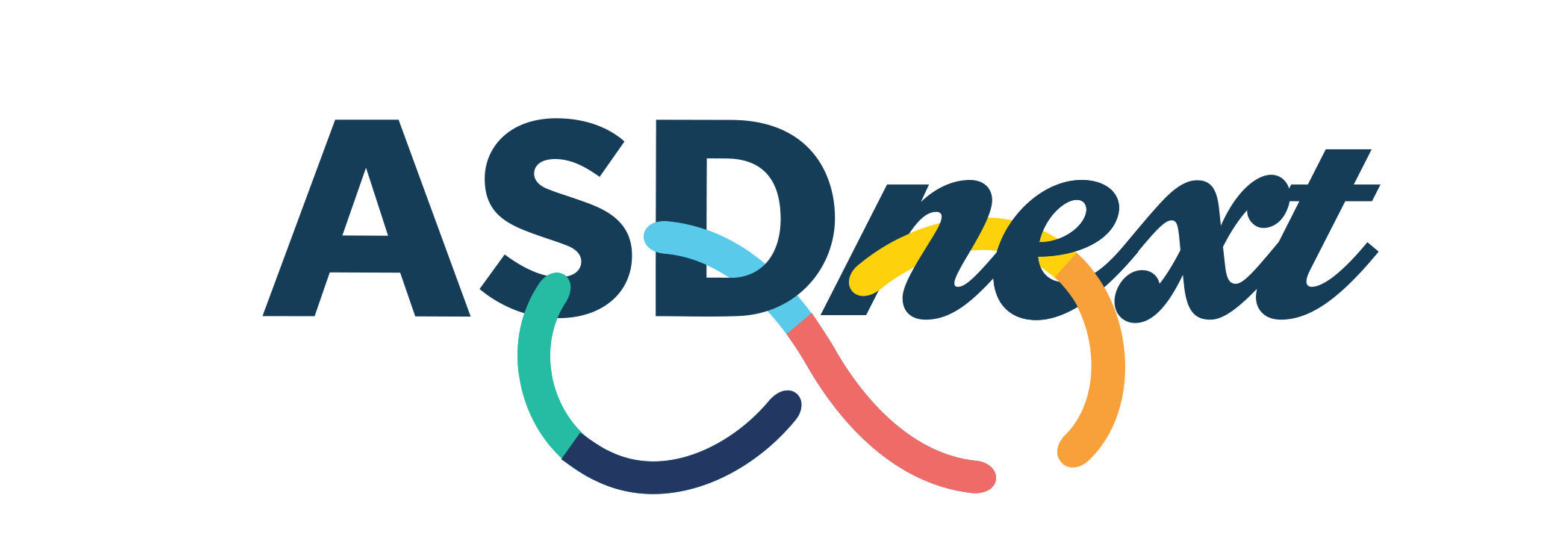Positive Approaches Journal, Volume 12, Issue 2
Positive Approaches Journal | 8-11

Volume 12 ► Issue 2 ► August 2023
Data Discoveries
The goal of Data Discoveries is to present useful data using new methods and platforms that can be customized.
Autism is a complex neurodevelopmental disorder that presents with a wide range of behavioral and social communication differences. Behavioral phenotyping in autism refers to the systematic observation and characterization of a person's behavior and cognitive traits related to autism.1 Behavior phenotyping aims to identify and describe the specific patterns of behavior that are commonly associated with autism. Behavior phenotyping includes various methods and tools to assess and categorize different aspects of an individual's behavior including direct observations, parent/care partner interviews, standardized questionnaires, and other behavioral measures.2 Some primary objectives of behavior phenotyping in autism are:
1. Diagnostic Classification: Behavior phenotyping helps in the process of diagnosing autism. By identifying and analyzing specific behavioral patterns and characteristics, clinicians can determine whether an individual meets diagnostic criteria.3
2. Understanding Variability: Autism is a spectrum disorder, meaning that it presents differently in each person. Behavior phenotyping helps researchers and clinicians understand the vast variability in autism traits, like social interaction difficulties, repetitive behaviors, and communication differences.4
3. Research: Behavior phenotyping allows researchers to study the relationship between specific behaviors and underlying neurological, genetic, or environmental factors, which can contribute to a better understanding.5
It's important to note that behavior phenotyping is just one tool for diagnosing and understanding autism. Comprehensive autism evaluations often involve a multidisciplinary approach, including assessments by psychologists, speech therapists, occupational therapists, and other professionals to capture the full range of an individual's strengths and needs.6
The data dashboard presented below provides an overview of peer-reviewed research on behavior phenotyping in autism. The dashboard displays a timeline of publications related to behavior phenotyping in autism, categorized by year. Each publication is represented by a circle, and the size and color of the circle indicate the frequency of citations received from other research, reflecting the publication's impact and reach. To access the abstract and potential full-text options for each article, simply click on the respective circle.
Conclusion
The Autism Services, Education, Resources, and Training Collaborative (ASERT) offers a robust array of resources related to autism across the lifespan and spectrum. To learn more about diagnosing autism and what an evaluation entails, access these resources created by ASERT: Understanding Autism Evaluations and What to Expect in an Autism Evaluation. You can also access the Support Professional Resources collection to learn more about the characteristics of autism and how it may look in individuals, presented in a way that is relevant and accessible to direct support professionals.
References
1. Larner O, Roberts J, Twiss J, Freeman L. A Need for Consistency in Behavioral Phenotyping for ASD: Analysis of the Valproic Acid Model. Autism Research and Treatment. 2021;2021:8863256-10. doi:10.1155/2021/8863256
2. Carpenter KLH, Hahemi J, Campbell K, et al. Digital Behavioral Phenotyping Detects Atypical Pattern of Facial Expression in Toddlers with Autism. Autism research. 2021;14(3):488-499. doi:10.1002/aur.2391
3. Sarmiento J-AR, Naval Jr P. Behavioral Phenotyping for Autism Spectrum Disorder Biomarkers Using Computer Vision. Journal of Image and Graphics. 2020:47-52. doi:10.18178/joig.8.2.47-52
4. Schwartzman BC, Wood JJ, Kapp SK. Can the Five Factor Model of Personality Account for the Variability of Autism Symptom Expression? Multivariate Approaches to Behavioral Phenotyping in Adult Autism Spectrum Disorder. Journal of autism and developmental disorders. 2016;46(1):253-272. doi:10.1007/s10803-015-2571-x
5. Cheroni C, Caporale N, Testa G. Autism Spectrum Disorder at the Crossroad between Genes and Environment: Contributions, Convergences, and Interactions in ASD Developmental Pathophysiology. Molecular autism. 2020;11(1):1-18. doi:10.1186/S13229-020-00370-1
6. Steiner AM, Goldsmith TR, Snow AV, Chawarska K. Practitioner’s Guide to Assessment of Autism Spectrum Disorders in Infants and Toddlers. Journal of autism and developmental disorders. 2012;42(6):1183-1196. doi:10.1007/s10803-011-1376-9




